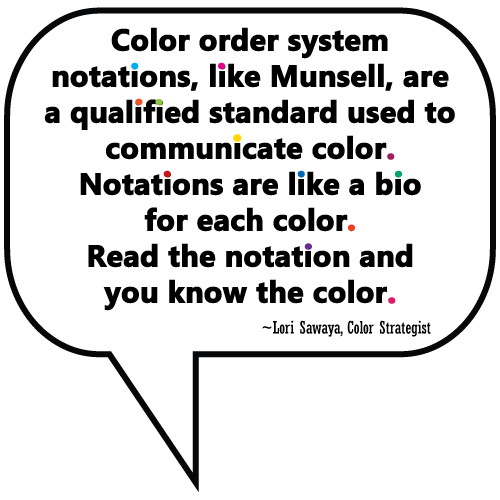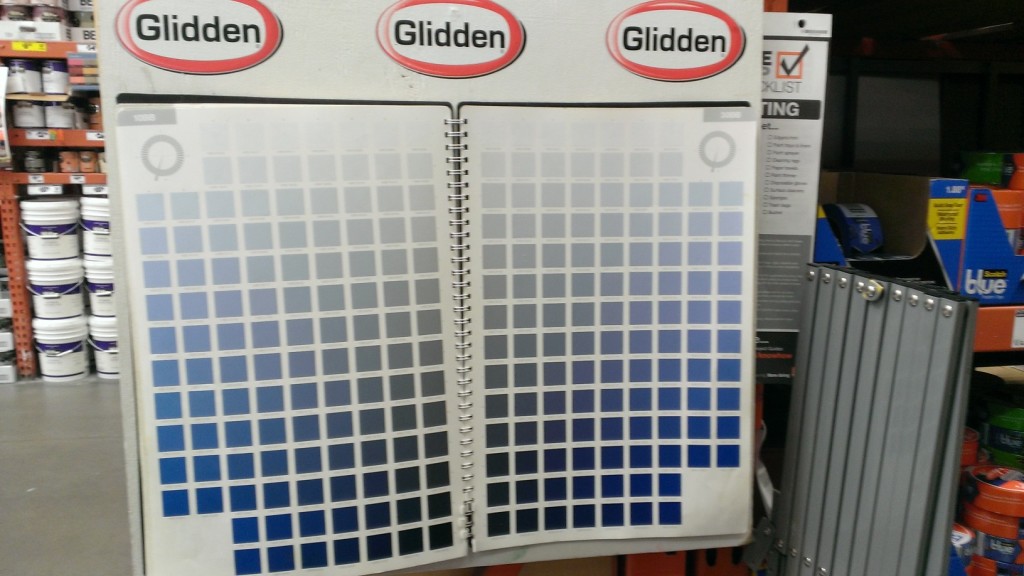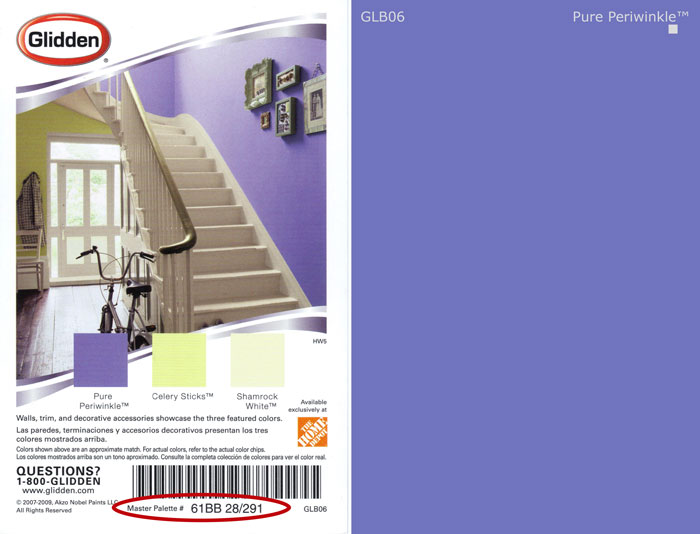How To Read Paint Color Codes
So. Here we are. Another post about one of my favorite things – Color Order Systems and Notations. I think I might be the only one who defines undertones and their applicability differently from everyone else. Well, I'm not the only one – exactly. However, outside of a handful of graphic and fine arts types, I'm pretty much it. Go ahead and take a look over there on the Google – you'll see what I mean. Hardly anybody else defines undertones as being relevant only when a medium (i.e. paint) is manipulated at different spread rates and layers.
My point of view is different because it's partly informed by. . . yep, you guessed it. . . Color Order Systems and Notations. Also, scientific observations and theories written by old men that have been dead for a really long time. (Another story for another day, onward with this post)
In my last post about Color Order Systems I explained that color notations are like mini bios for colors. Read the bio, and you know the color. Super simple. Says me. And you will too by the end of this post. Promise.

Those who have never heard of color systems invent unique tactics. Stuff like: taking apart fandecks and putting them back together in all sorts of convoluted ways, collecting wads of tiny paint chips for the sole purpose of nixing most of them, painting a white border around color samples hoping layers of unseeable color rises to the top, exhaustively searching for a 'true neutral' white or gray chip against which to compare other paint colors, creating new color infrastructures where magenta is a core neutral color, and I could go on but I'll stop here. You can probably think of other examples for this list too.
All to be expected if you think about. What else are people supposed to do? Without color guidance intervention at the very beginning of their color journey, they're left to their own devices. And when people are left to their own devices, they'll fill in the blanks best they can. They work with what they've got so color makes sense to them. It's an effort to shift color from something that is confusing to something that is manageable. I totally understand how and why this happens and can empathize, can't you?
As hard as they work at temporary tactics they could expend the same amount of effort – nay, they could expend far less – to learn about color systems and processes already in place; systems and processes that provide qualified and objective information that can help them choose the right colors. It's just most people don't know they exist. Don't know how that happened but I can do something about it – like, right now!
 Right now I'm going to tell you about such a system. It's called The Master Palette. You can easily find it at your local Home Depot as well as Glidden, ICI/Dulux, and Akzo Nobel retail destinations. Yeah, I said The Home Depot – not kidding when I say these color systems are, and have been, readily available.
Right now I'm going to tell you about such a system. It's called The Master Palette. You can easily find it at your local Home Depot as well as Glidden, ICI/Dulux, and Akzo Nobel retail destinations. Yeah, I said The Home Depot – not kidding when I say these color systems are, and have been, readily available.
In close proximity to every Home Depot paint counter where they mix paint, you will find one of these bolted to an end cap.

It's the "big book" of The Master Palette colors and notations. It's available online too: TMP Color Selector. The color notations for The Master Palette are also on the back of every Glidden paint chip (left side below) in the display rack as well as on every chip in the fandeck.

Notations look like this, for example, 61YY 89/040. That's the notation for the first white square below. You'll find the notation on the second line. The first line is the color name. The last line is a reference number, it's not part of the notation.

Below is The Master Palette color wheel and it shows the hue families that hold this system together. You can see that each hue family has a two-letter designation. Now, take another look at the color notations above. Remember notations are on the second line. Do you see the two-letter hue family designation in the notation? How easy is that?

Those two letters erase all the mystery – you don't have to guess, or compare, or rely on somebody else to figure it out for you. The notation tells you straight-up what characteristics to expect from each color. There's nothing hidden under anything, nothing to watch out for, or be afraid of. It's all spelled out in the notation. What does that mean -precisely- you ask? How can you apply this to how you think about color you ask? I, my compeer color freaks, have those answers. Let's take that first row of white paint colors and use it as an example.

These are off-whites. The way we speak to these colors here at The Land of Color is they are all tints of white from the eight hue families that comprise The Master Palette Color System. They aren't whites with different undertones because we're not looking through or under anything. And we're not guessing about the hue families or debating what tint of color we think we may or may not see. Rather, we know. We know because the notations tells us so. Amen.
Here's another post that explores the notation further, How to Master Overtones. I invite you to visit The Land of Color regularly to keep informed about all things color systems. In the mean time, I'd ask that you ruminate the fact that you can find one of the most easy-to-use and compelling color systems at 'big orange', The Home Depot. They have something that some of the most sophisticated paint purveyors do not.
DIYer or pro, you should be asking, "why not?"
Related Blog Posts:
- Bringing Perspective to Undertones
- Color Order Systems are Like…
- How To Master Overtones
- Etymology of the Term Overtone
- Color Overtones Review
How To Read Paint Color Codes
Source: https://thelandofcolor.com/learn-use-paint-color-system-now/
Posted by: salterqualis88.blogspot.com

0 Response to "How To Read Paint Color Codes"
Post a Comment